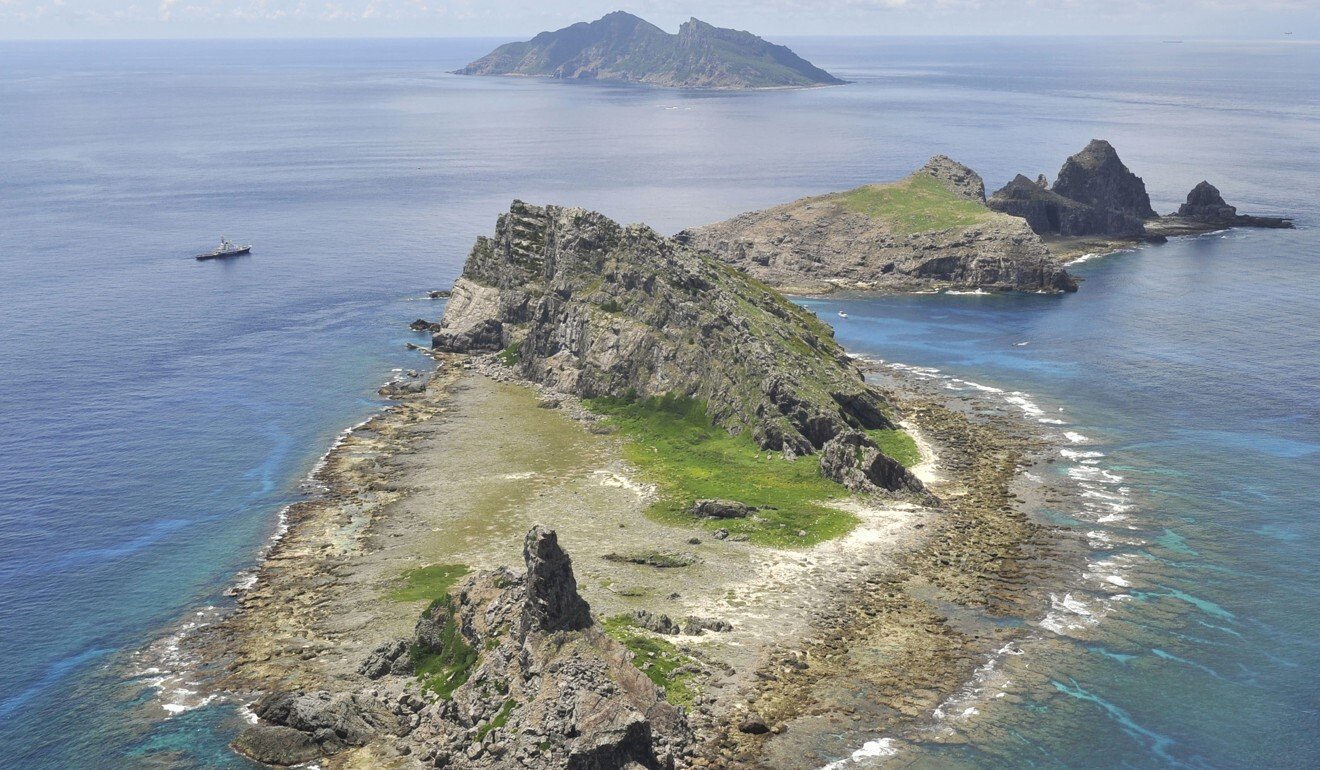
Japan conducts first joint drills with France and US with eye on China, North Korea
- The drills, which sees troops training in activities such as simulated urban combat, comes months after France reaffirmed its commitment to the Indo-Pacific
- The French fleet is part of an increased presence of European forces in the region, with a German warship due to visit Japan and a UK Royal Navy task force to train there later this year
The manoeuvres are being staged in Nagasaki Prefecture at the Ground Self-Defence Force’s Camp Ainoura, the headquarters of Japan’s Amphibious Rapid Deployment Brigade.
Japan steps up defence capabilities in space, cyberspace amid new threats
Some of the exercises will take place at the Kirishima Training Ground in Kyushu, as well as at sea and in airspace to the west of Japan’s most southerly main island.
Troops of the three nations will train in deploying from helicopters, amphibious operations and simulated urban combat. They will also practice the delivery of humanitarian relief in the event of a natural disaster.

01:56
Diaoyu-Senkaku islands spat deepens as Japan warns China over coastguard ships in East China Sea
The French Ministry of Defence said in a statement that an amphibious ready group – headed by the Jeanne d’Arc vessel, and which includes the frigate Surcouf and the amphibious assault helicopter carrier Tonnere – was on a six-month deployment that would also take it to Vietnam, Singapore, Malaysia, Sri Lanka and Indonesia.
“This is not just a training mission, but a true operational deployment that is part of France’s defence strategy in the Indo-Pacific,” it said. “This strategy intends to reaffirm France’s interest in this zone through a strengthened presence and intensified bilateral and regional cooperation activities.”
Japan to use F-35B fighter jets from 2024 to defend East China Sea islands
As well as European, France considers itself an Indo-Pacific nation and has five territories and 1.5 million nationals in the region, with 8,000 troops permanently deployed.
Admiral Pierre Vandier, chief of the French naval staff, said in his visit to Japan in November that the region held significance to France.
“New Caledonia and French Polynesia are part of the French territory, with French troops stationed there,” he said in an interview with the Japan’s Sankei newspaper.
“The nations of the Indo-Pacific are our neighbours. The stationing of our troops is for the purpose of securing the presence of France and the safety of our exclusive economic zone in the region,” he added.
He said he hoped the drills would enhance France’s presence in the region and “convey a message of cooperation between France and Japan” to Beijing.
“Our message will be targeted at China,” Vandier said. “It heightens the presence of the multilateral partnership and conveys the message of the importance of freedom of navigation and compliance with international law. We are standing together on this with our partners Japan, the United States, Australia and India.”

The French defence ministry said the deployment was in part designed also to reinforce international sanctions imposed on North Korea over its nuclear weapons and ballistic missile programmes.
During its deployment, the Surcouf will station itself in the East China Sea to potentially interdict any ships suspected of carrying out ship-to-ship transfers at sea in an effort to circumvent the sanctions.
The deployment by the French fleet is part of an increased presence of European forces in the region, analysts said, with a German warship due to visit Japan in the summer and a British Royal Navy task force centred on HMS Queen Elizabeth due to take part in exercises with Japanese units later in the year.
“We are seeing an increase in European nations exercising a greater involvement in the region, notably since China’s recent rise and aggression in the South China Sea,” said Akitoshi Miyashita, a professor of international relations at Tokyo’s Sophia University.
“Japan is committed to engaging not only with the US on security issues but also increasingly with some of the major European powers and the aim is to send a message to China,” he added.
“Japan certainly hopes that these sorts of visits will become more frequent in the future, but I sense that will depend on how much pressure Beijing brings to bear on those governments, probably through economic measures,” he said.
Japan’s territorial disputes: China, South Korea, Russia and more
James Brown, a professor of international relations at the Tokyo campus of Temple University, said Beijing may be concerned at the increasing presence of more nations’ militaries in the Indo-Pacific, particularly if that might lead to an informal expansion of the Quadrilateral Security Dialogue, which presently brings together the US, Japan, Australia and India.
Another concern would be a similar increase in the scale and scope of the Five Eyes intelligence alliance, which unites Australia, Britain, Canada, New Zealand and the US, he said.
“There will be some form of response from China to these exercises,” Brown said. “It will largely be rhetorical, but we have seen that China’s ‘wolf-warrior diplomacy’ has become very forthright in response to anything that Beijing sees as a threat.
“China may very well be concerned at the possibility of an expansion of the Quad, even if it is on an informal basis, because it sees the alliance as directed squarely at it,” he said.
It will also not have escaped Beijing’s notice, Brown said, that the recent G-7 summit hosted by Britain saw a renewed focus by many of the governments taking part on the Indo-Pacific region, including inevitably in the military realm.

